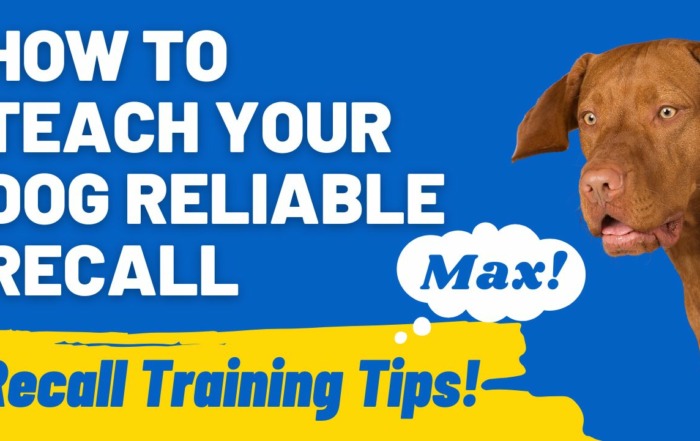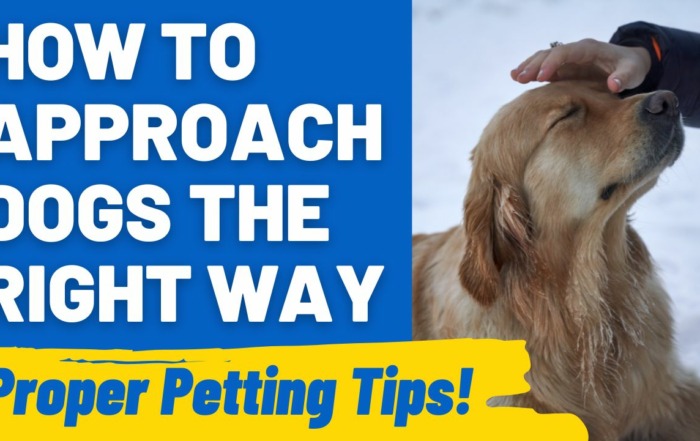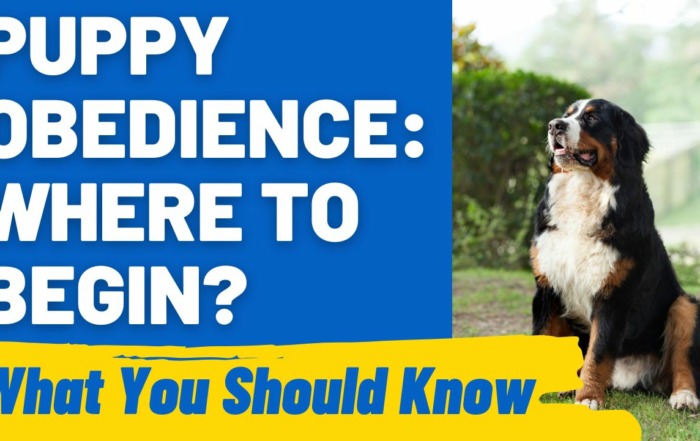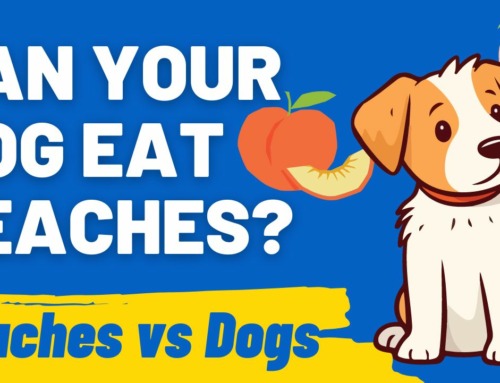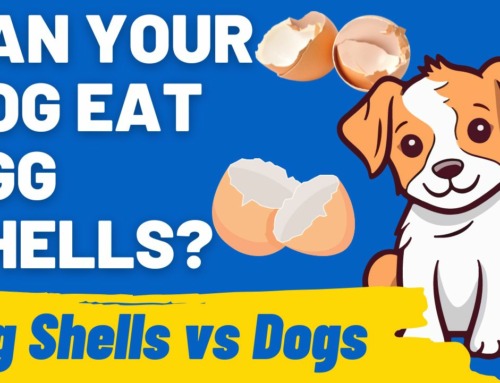It can be concerning if your puppy is underweight or isn’t growing at their optimal growth rate. A puppy that is underweight can have their health negatively affected by this, so it’s important to rectify a skinny puppy.
Before putting your pup on a weight gain diet, it’s important to know whether they are indeed underweight. You most likely already believe they are, but have you done the back of the fingers test yet?
A good way to tell if your puppy is too skinny is to feel their ribs. You can use your hand as a means of comparison to tell you if they are underweight.
Underweight Puppy Test
Run your finger across the back of your other hand’s fingers, at the height where you typically wear a ring. Notice the deeper depressions that your finger finds.
If your puppy’s ribs feel like this, they are most likely underweight.

Ideal Weight Test
Run your finger across the back of your hand, below your knuckles. Notice how if you use light pressure, you can feel the bones in your hand without too much effort.
If your puppy’s ribs feel like this, they are likely at a healthy weight, and they’re doing fine!

TRAINER NOTE:
While doing body checks, make sure to take the opportunity to help condition your dog to enjoy this, even if you think he already does.
This is a skill that will benefit your puppy throughout their life! I use a lick mat, but you can also use the lid of a Tupperware container. Spread something like peanut butter, canned dog food or yogurt on it. Let your dog engage with it as you lightly run your hands over your puppy’s sides and spine. Softly praise throughout the body check and keep it quick at first.
It is important to note that if your puppy isn’t gaining weight, or appears to be in poor body condition, an appointment should be scheduled with your veterinarian right away. There are several medical reasons your puppy may not be gaining weight ranging from parasitism to failure to thrive. If your puppy always appears to be hungry, is a good eater, and only mildly underweight, simply increasing the amount being fed could be appropriate. However, before adding over-the-counters or drastically changing their diet, consult with your veterinarian. There are diet fads that may be harmful to your pet. Dr Marti DudleyVeterinarian Comment
Puppy Weight Gain Diet
Growing dogs have very specific nutrient requirements, and large breed puppies should be fed differently than small breed dogs. It is recommended that puppies be fed a diet that has passed AAFCO feeding trials for growth, and that has been made by a reputable brand. Supplementing your pet’s diet may throw off specific recommended nutrient profiles that can be found in a well-balanced puppy food. Consult with your veterinarian prior to supplementing your puppy’s food. Dr Marti DudleyVeterinarian Comment
A puppy should be gaining weight from the day they are born. How fast they gain weight will depend on the size of the breed or breeds of your puppy. You will want to check them regularly to ensure they are gaining weight at a steady rate of growth.
Consider looking at our Puppy Growth Charts to better understand a puppy’s growth rate.
In general, a small or medium-sized breed puppy will be fully grown by the time they are 1-year old. For large breeds, it can take upwards of 1.5 to 2-years.
Your puppy’s nutrition will be vital through their puppyhood to their optimal growth to ensure long-term developmental success.
As puppy owners, we should be aiming to have optimal growth, not fast growth, as this can lead to long-term developmental issues.
If it seems that you can feel more ribs than you had previously, the first thing you want to do is increase the amount of food you are giving them. Start by increasing portion size by about 10%. Don’t make a big jump right away.
One other thing to consider is the quality of the food you are feeding. Cheaper foods tend to have more fiber, and fiber is not digestible. So be sure to check that label.
It’s not always easy to know the correct number of calories you need to feed your puppy every day. The rule is to feed a dog 39 kcals per 1 lb. of weight, per day.
If the puppy is under 4-months old, then you would triple this number to 117 kcals. Or if they are older than 4-months, you would double the amount to 78 kcals per day. (https://www.hillsvet.com/)
This would be broken up over 3 or 4 meals per day. Treats also count towards the daily kcals.
An easier solution to ensuring kcals is reached, and with the required nutrition, consider using a service like Pet Plate. They offer personalized fresh meals for your puppy – taking into account their optimal growth rate.
If you change your puppy’s food, be sure to do it gradually to avoid stomach issues. Follow this chart and if your dog develops loose stool, do not move on to the next step until it firms up.
We have great news; our dog feeding calculator is now LIVE. Be sure to give it a go here: Dog Feeding Calculator

Weight Gain Puppy Food Recipes
If you ask anyone in rescue what they use to put fast weight on the emaciated dogs, you will likely hear the reply, “Satin Balls”.
Satin Balls contain a good amount of fat to help add weight to a dog and can be used as a supplement to a regular diet.
Here is a recipe for a small batch to try:
– 1 pound cheap hamburger (for high fat %)
– 1 1/3 cups Total cereal
– 1 1/2 cups uncooked oatmeal
– 1 raw egg (and shells)
– 6 tablespoons wheat germ
– 1 package Knox unflavored gelatin
– 2 tablespoons flaxseed oil
– 2 tablespoons unsulphured molasses
– Pinch of salt
Mix it all together and make them in meatball-like shapes. You feed these raw. You can substitute flaxseed oil for any oil on hand, but the most beneficial oils for your puppy will be flaxseed oil, coconut oil, fish oil or sunflower oil.
Other foods you can add to your puppy’s day to help them gain weight include:
- Canned pumpkin – Make sure you use 100% pure pumpkin, and not a pumpkin pie filling. This is also great for digestive regularity, which is perfect when trying new foods with your puppy, making the transition easier.
- Yogurt –Yogurt is full of protein and also has probiotics that will help them with digestion. Just make sure you purchase plain yogurt and verify there are no sweeteners added, in particular xylitol, which is deadly for dogs. Also, Greek-style has less lactose, which is preferable.
- Sardines – Sardines provide Omega-3 fatty acids EPA and DHA that are good for the skin and coat, as well as brain development.
- Peanut Butter –Peanut butter is a great source of protein and fats. And you can stuff it in a puzzle toy so your puppy can keep busy while absorbing those calories. Find a natural peanut butter free of xylitol.
- Goat’s Milk –Goat milk is nutrient-dense and easy on a dog’s stomach. There are also studies that show that goat’s milk reduces bacteria in a dog’s stomach, which may help with any pain that might be slowing down your puppy’s eating.
If your puppy is a fussy eater, be sure to read our post: Puppy Won’t Eat All Their Food.
Puppy Weight Gain Supplement
Supplements can be helpful if you have a puppy that doesn’t seem interested in eating more food. A supplement can get more calories into your puppy without a lot more eating. Some will also stimulate appetite.
There are different types of calorie supplements, so you have to figure out which one your puppy likes the best.
There are gels that can be applied to their nose, making your puppy want to lick it off.
There are also liquid calorie boosters that can be fed alone or added to your puppy’s food.
There are also supplements that solely stimulate appetite. CBD products have shown success in stimulating appetite, and your veterinarian will be able to make some pharmaceutical recommendations, too.
Here is a link to the PetAg High-Calorie Liquid for dogs, which has an excellent review rating.
Or Entyce offers a supplement to increase your dog’s appetite: Entyce Oral Solution.
Getting a Puppy to Gain Muscle
If you want your puppy to specifically gain muscle, you must consider their breed. Different breeds develop more muscle. So don’t compare your puppy to other dogs in the neighborhood. Check out how other dogs of the same breed look around a similar age.
If you are not sure, check with your vet. If your dog is not developing muscle the way they should, your veterinarian will want to make sure they don’t have an illness or parasite that is limiting the nutritional content they are absorbing.
Once they get the ok from the vet, there are a couple of ways you can help your puppy gradually gain muscle.

Feeding the Muscles
First, make sure they’re getting enough protein, which is the building block of muscle. Puppies need more protein than an adult dog. Their food should contain about 28% protein. But do not feed too much more than this. Your puppy is growing and needs a properly balanced diet for optimal growth of weight and muscle.
Another great formula to consider is your dog needs 1 gram of protein per pound of their ideal weight. So if your puppy’s ideal weight is 25 pounds, you want to make sure you are supplying your puppy with 25 grams of protein.
However, protein source matters. Certain proteins are easier to digest. Typically, dogs can absorb more from chicken, beef and lamb. And organs are also a good source of absorbable protein. Fish and plant-based proteins, while still healthy, are less digestible.
Some foods will use corn and wheat and even meat by-products (hooves, feathers, and anything else left over at the rendering plant) to supply some protein. And while it is true that these sources contain protein, it is the hardest for your puppy to digest.
Word of warning: do not reduce fat to get more protein, as puppies need fat to develop organs and develop their brain.
Building Muscle Through Exercise
Exercise is also a great way to stimulate muscle growth. But be cautious with puppies. Too much exercise, and especially the wrong type of exercise, can cause damage to their joints.
A good rule of thumb is that a puppy can get 10 minutes of exercise for every month of age. This is an estimate as some working breeds will likely need more.
A puppy should not be jogging long distances. Short bursts are ok on a walk. You also don’t want your puppy jumping much before they are 12-16 months of age as their joints aren’t fully formed.
Swimming is a great exercise that will help develop muscles and put no strain on a puppy’s growing joints. Puppy play and short walks are also great ideas for puppy exercise.
Final Word
Weight in puppies can be tricky. Body structure is largely dependent on breed. However, if you can count the number of ribs your dog has, he is likely underweight.
While you can immediately start gradually increasing the amount of food you give your puppy, you do want to check in with your veterinarian to rule out any medical concerns that may be causing weight loss. Parasites and worms are common causes of weight loss in puppies and can be easily remedied.
Ruling out a medical reason is vital, and if a cause is found, your vet can remedy the underweight puppy issue quickly!
For instance, one of my colleagues has a wonderful dog that just didn’t want to eat much. We all just assumed he was not food motivated. Until she discovered he was eating grass that was making his stomach upset. Once that was remedied it was much easier to get him to eat.
If your puppy does not care to eat, try a variety of the options listed above until you find something your puppy enjoys. And if your pup still struggles to eat, ask your vet to recommend an appetite stimulant.
Recall Training Secrets: How to Teach Your Dog Reliable Recall
Teaching a dog recall is not just a basic obedience skill; it's a vital aspect of ensuring the safety and freedom of your beloved pet. Picture this: your dog is playfully chasing after a squirrel [...]
The Joy of Petting: How to Approach Dogs the Right Way
"Can I pet that dog?" is often the first thought that pops into our minds when we see a furry friend wagging its tail. The joy of petting a dog is unmatched, offering both the [...]
Puppy Obedience: Where to Begin? An Introductory Guide
Puppy obedience is more than just teaching commands. It's about nurturing a relationship based on mutual respect and understanding. It lays the foundation for a well-behaved adult dog and ensures a harmonious life together. In [...]
Understanding Canine Autism: Do Dogs Experience It?
Have you ever wondered, can dogs have autism? Autism, a complex condition often characterized by social and communication difficulties, is widely recognized in humans. But when it comes to our canine companions, the idea of [...]


